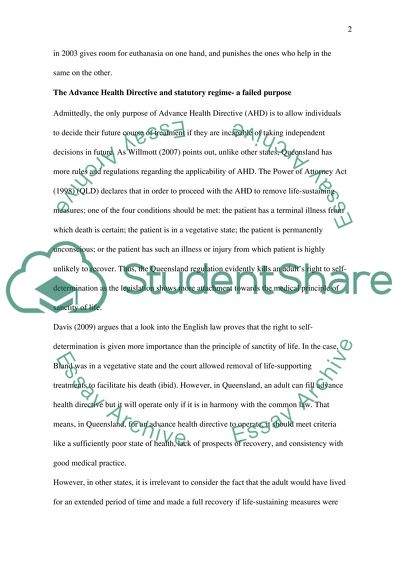Cite this document
(“Euthanasia in Australia Essay Example | Topics and Well Written Essays - 1750 words”, n.d.)
Retrieved from https://studentshare.org/law/1446079-euthanasia-in-australia
Retrieved from https://studentshare.org/law/1446079-euthanasia-in-australia
(Euthanasia in Australia Essay Example | Topics and Well Written Essays - 1750 Words)
https://studentshare.org/law/1446079-euthanasia-in-australia.
https://studentshare.org/law/1446079-euthanasia-in-australia.
“Euthanasia in Australia Essay Example | Topics and Well Written Essays - 1750 Words”, n.d. https://studentshare.org/law/1446079-euthanasia-in-australia.


